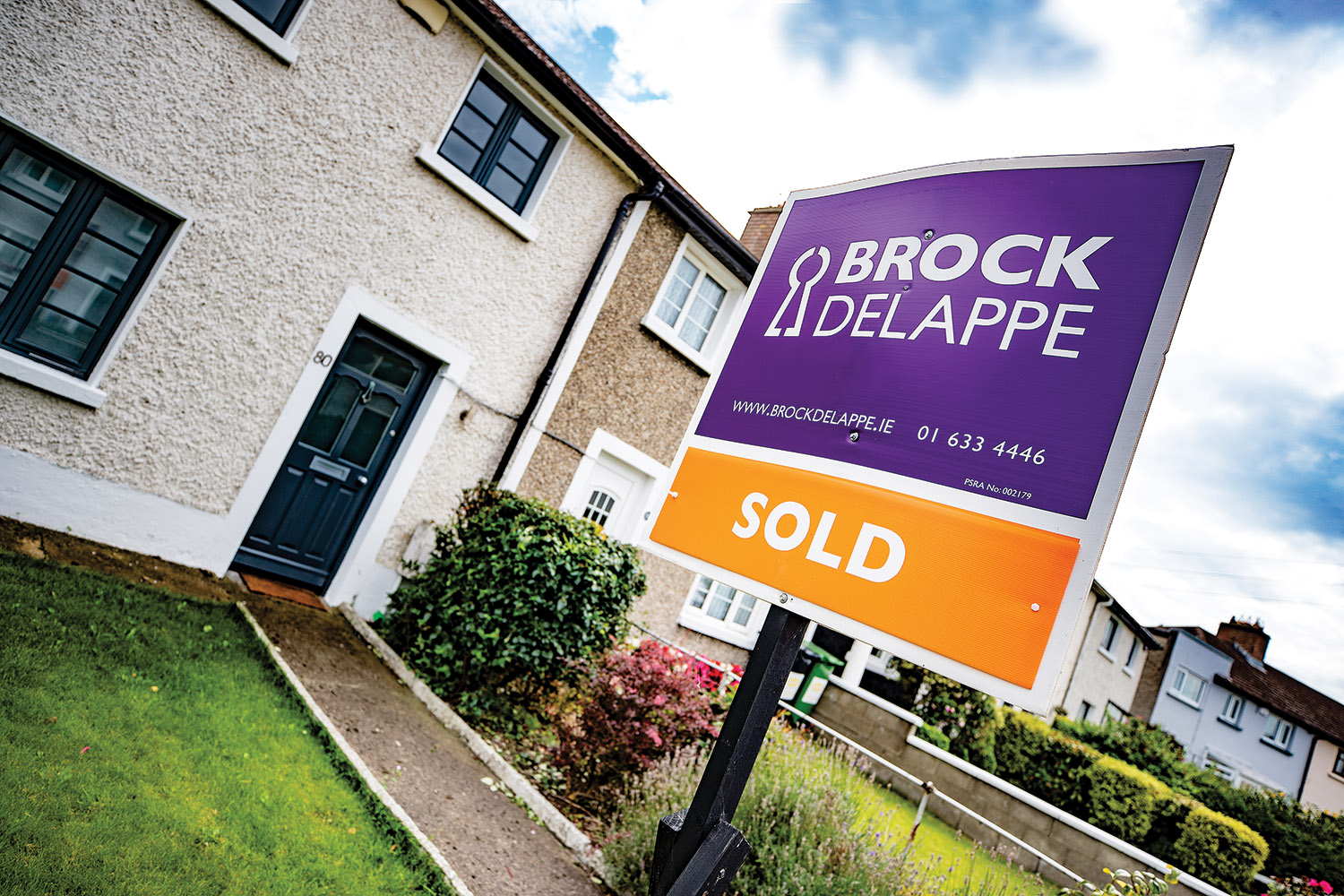Want a Quick Sale? 7 Ways to Fast-Track Your Property Closing
According to a 2023 report commissioned by the Institute of Auctioneers and Valuers (IPAV), 30% of sales fall through between when a sale is agreed and completion. Estate agents who were canvassed in the preparation of the report cited conveyancing issues as the main cause. Conveyancing is the legal transfer of the property title between seller and buyer. This process is handled by solicitor; one acting for the seller and another acting for the buyer. According to the report and our experience backs this up, the process typically takes between 3 and 6 months, and sometimes longer. It stands to reason that the longer the process goes on the greater the chance that the sale will fall through.
This can be a stressful experience for both parties, while many factors are beyond peoples control, there are a number of steps that can be taken to speed up this process and go some way towards ensuring your sale completes. Below is a list of the most common issues that delay the closing of a sale and what you can do to speed things up.
1. Appoint a solicitor
Once a solicitor is appointed, they will be able to request the deeds from the lending institution (assuming there is a mortgage on the property). This alone can take up to months, if the lender is based outside of Ireland, so is an immediate time save. Once the solicitor has the deeds they can prepare contracts.
2. Arrange for a Building Energy Rating (BER) survey to be carried out
A property can’t be advertised let alone sold without a valid BER certificate. They are valid for 10 years, so there is no fear of the cert expiring. If the property was recently purchased there should be a valid BER Cert. This can be found on www.seai.ie where the National BER Register can be found. Once you have you MPRN number, found on the top right hand corner of your ESB bill, the Cert, if one exists, can be located. It is important to check the date on the cert to ensure it will still be valid for the duration of the sale.
3. Check planning permissions
There should be a planning permission document for the existing property within the deeds. Any modifications since should be identified and the appropriate permissions found. Recent planning grants can be located on county council’s websites. If there have been modifications where no planning permission exists they may be exempt from planning permission. An extension meeting the below criteria will be exempt from planning permission:
- Single storey
- Under 40 sqm
- Located at the rear of the property
- Doesn’t reduce the private garden size to less than 25 sqm
A certificate of exemption for such developments will need to be prepared by a qualified surveyor.
Often there are unauthorised developments, where no grant of planning exists. Provided seven years have passed since its completion, local authorities can’t take enforcement action. This does not mean that the modifications automatically have planning permission. This is especially common with porches, driveways and garage conversions. Solicitors and lenders will take a view on such developments. At the very least an opinion from a qualified surveyor should be obtained.

4. Leasehold or freehold
A leasehold exists where there is a lease in place. This not to be confused with conventional rental. All apartments are leasehold with the freehold being the owners management company (OMC), which is made up of the individual owners of the units within the development. Leaseholds exists for practical reasons, enabling the management of the common areas. Leaseholds in modern apartment blocks are often as long as 999 years.
Leaseholds can exist in houses where the council owns the land the house sits on. Technically a ground rent is payable every year. Often this is a nominal sum as low as €10 per annum. If you purchased your home from your local council prior to 1978 the your home will be a leasehold property. The time frame for a leasehold can be 99 or 150 years. If there is less than 75 years to run on a leasehold, a lender will not issue a mortgage to purchase a property. In this case the seller will need to apply to the county council to purchase the freehold. This is usually a formality and the cost will be a multiple of the annual ground rent, plus a nominal administration fee. This should be investigated as the process can take at least three months and up to a year.
5. MUD Act Queries
If you are selling an apartment, the commons will be managed by an management company appointed by the Owners Management Company (OMC). The 2011 Multi Unit Development (MUD) Act was passed mandating the transfer of ownership of the common areas to the OMC and regulates how these areas are managed.
Part of the conveyancing process involves raising queries related to the running and management of the development. These queries are referred to as MUD Act queries and the management company will charge the owner a fee to answer them.
Under the Section 17 of the act, the directors of every OMC are obliged to furnish its members, i.e. the owners, a report before each AGM. A section 17 report will contain many if not all of the responses to MUD act queries. It is important that you furnish this report to your solicitor as it may save you both time and money.
6. Fire Audits
Since the Grenfell Tower Fire in 2017, many apartment developments in Dublin have been audited by fire safety consultants to ensure they are compliant with the current fire safety regulations. These audits are sometimes prompted by the insurance provider or simply arranged by the OMC’s themselves.
During a fire audit and indeed right up until the recommendations are completed, there will be uncertainty related to the cost of the necessary works. Due to this uncertainty, lender’s will not issue mortgages to borrowers looking to buy in the development. For this reason, the agent will need to find a cash buyer that is willing to buy the unit. Unfortunately, given the greatly reduced buyer pool, the cash buyer will often only buy at a discount. This information will be highlighted in the Section 17 report and should be shared with the estate agent from the outset.
7. Registry of Deeds or Land Registry
Your title documents will either be registered in the Registry of Deeds or in the Land Registry. Both systems are managed by the Property Registration Authority (PRA) and there is an ongoing transition away from the Registry of Deeds to the Land Registry under the PRA guidelines. As part of the conveyancing process your property will need to be registered under the Land Registry. Part of this involves getting a Land Registry Compliant Map, prepared by a registered Building Surveyor. The cost of this is around €500 plus VAT at 23%. The whole process can take a number of months and really extend the conveyancing period.
There is a lot to unpack here, and the above information should shed some light on why it takes so long to close a property sale in Ireland. However we have outlined a lot of information you can be obtaining in advance of selling your house, which will speed up the process and increase your chance of a successful sale.
Call on of our agents today on 01 633 4446 and we’d be delighted to discuss any aspects of the sales process.
